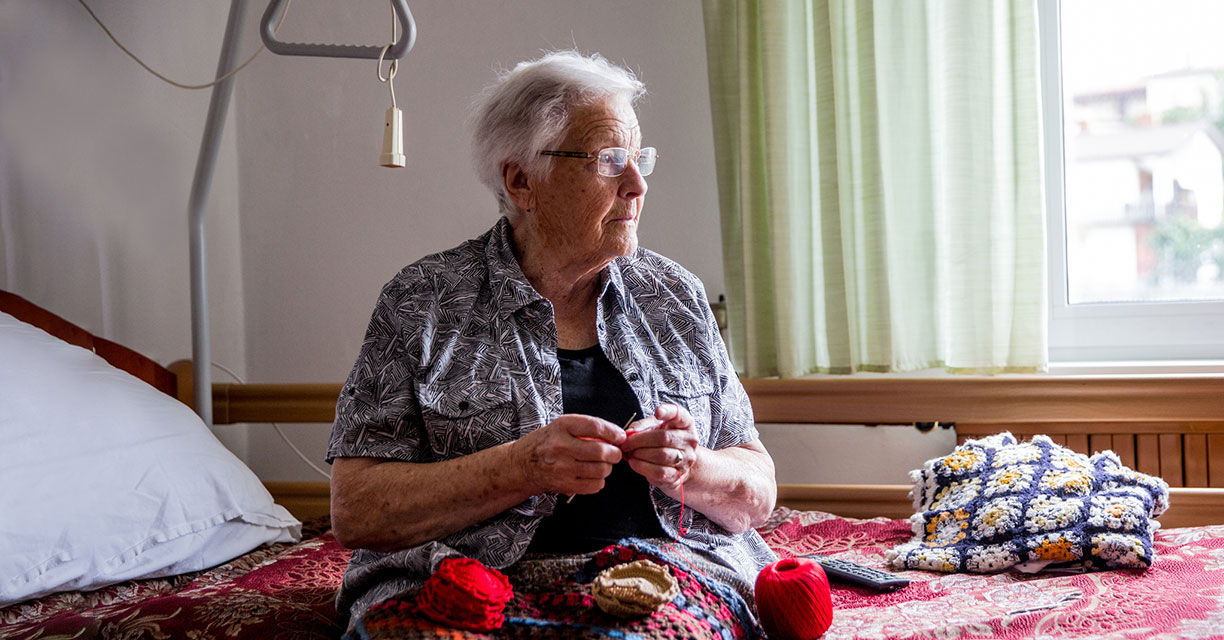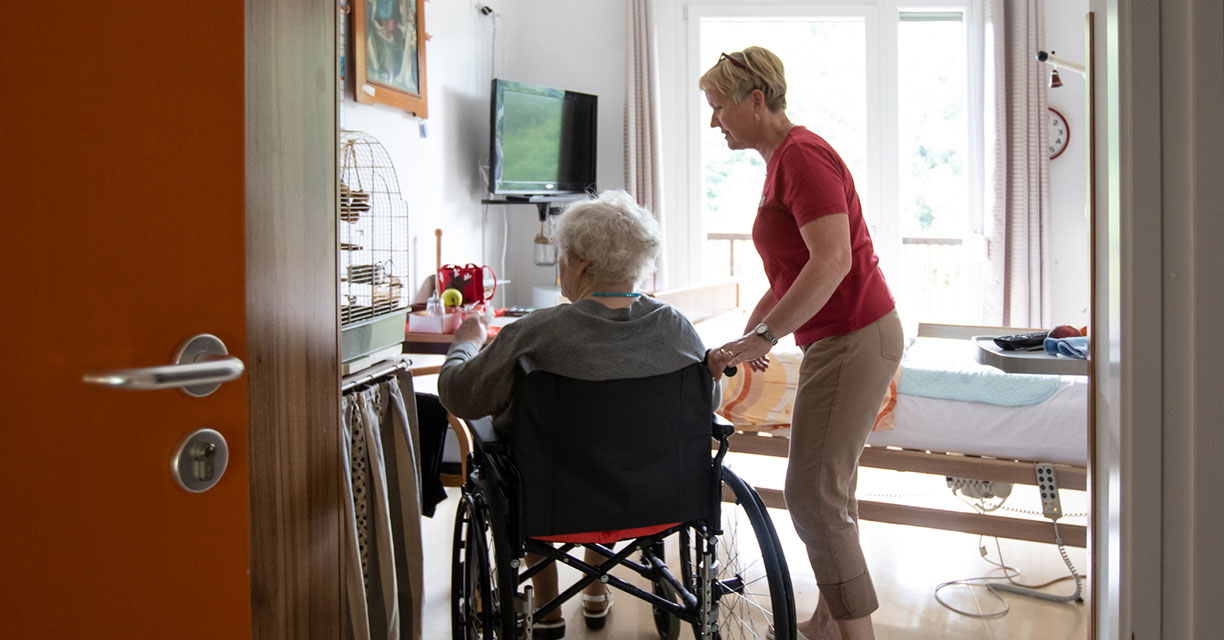Headline
Creating a palliative care program to meet the needs of low-income communities requires solutions that are patient centered and supportive of the clinical care team.
Context
Individuals with low incomes who experience serious medical illness often receive care at the end of life that is misaligned with their goals and needs. Caring for this population, especially individuals living with life-limiting conditions, requires targeted interventions tailored for their specific clinical, social, and psychological needs. In this article, the authors outline five evidence-based strategies, supported by research and case studies, to improve palliative care programs that provide care for these populations.
Findings
Five strategies to develop a strong palliative care program for low-income populations include:
-
Using lay health workers to address the workforce shortage and provide whole-person care in the home and community through “social prescribing;”
-
Addressing gaps in care and setting goals of care through patient-centered and trauma-informed tools;
-
Creating specialized interventions to provide essential services and move care outside of the traditional care setting and into the home and community;
-
Shaping the interdisciplinary team to promote resilience and combat care team burnout; and
-
Addressing opioids by using a relationship-based, multifaceted assessment of risk.
Takeaways
The five strategies outlined can help palliative care programs to align more effectively with patients’ values, needs, and goals. Providers caring for individuals living in low-income communities can apply these strategies when creating a sustainable and patient-centered palliative care program.




